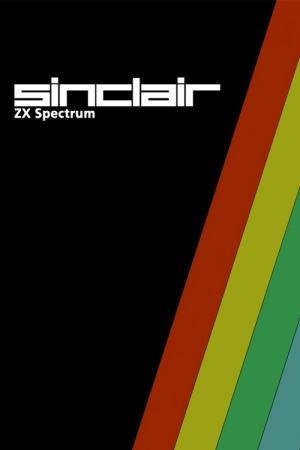
Sinclair ZX Spectrum
Sinclair ZX Spectrum Specifications
| Manufacturer: | Sinclair Research Ltd. |
| Developer: | Sinclair Research Ltd. |
| CPU: | Zilog Z80A @ 3.5 MHz or equivalent |
| Memory: | 16 KB / 48 KB / 128 KB (IEC: KiB) |
| Graphics: | ULA |
| Sound: | 1 Channel In-Built Beeper |
| Medium: | Compact Cassette, ZX Microdrive, 3-inch floppy disk on Spectrum +3 |
| Display: | PAL RF modulator out, 256 x 192, 15 colours |
| Controllers: | Built In Rubber Keyboard / 1 Joystick Using Expansion Hardware |
The ZX Spectrum (pronounced "Zed-Ex") is an 8-bit personal home computer released in the United Kingdom in 1982 by Sinclair Research Ltd.
Referred to during development as the ZX81 Colour and ZX82, the machine was launched as the ZX Spectrum by Sinclair to highlight the machine's colour display, compared with the black-and-white of its predecessor, the ZX81. The Spectrum was ultimately released as eight different models, ranging from the entry level model with 16 kB RAM released in 1982 to the ZX Spectrum with 128 kB RAM and built in floppy disk drive in 1987; together they sold in excess of 5 million units worldwide (not counting numerous clones).
The Spectrum was among the first mainstream audience home computers in the UK, similar in significance to the Commodore 64 in the USA. The introduction of the ZX Spectrum led to a boom in companies producing software and hardware for the machine, the effects of which are still seen; some credit it as the machine which launched the UK IT industry. Licensing deals and clones followed, and earned Clive Sinclair a knighthood for "services to British industry".
The Commodore 64, BBC Microcomputer and later the Amstrad CPC range were major rivals to the Spectrum in the UK market during the early 1980s. Over 24,000 software titles have been released since the Spectrum's launch and new titles continue to be released, with over 90 new ones in 2010.
It was initially distributed through mail order, but after severe backlogs the machine was sold through High Street chains in the United Kingdom. It was released in the United States as the Timex Sinclair 2068 in 1983, and in some parts of Europe as the Timex Computer 2048. Ultimately the Spectrum was released as six different models, ranging from the entry level with 16 KB RAM released in 1982 to the ZX Spectrum +3 with 128 KB RAM and built-in floppy disk drive in 1987. Throughout its life, the machine primarily competed with the Commodore 64, BBC Micro, Dragon 32, and the Amstrad CPC range. Not counting unofficial clones, the machine sold over 5 million units worldwide. Over 24,000 different software products were released for the ZX Spectrum.
The ZX Spectrum played a pivotal role in the early history of personal computing and video gaming, leaving an enduring legacy that influenced generations. Its introduction led to a boom in companies producing software and hardware, the effects of which are still seen. It was among the first home computers aimed at a mainstream audience, with some crediting it as being responsible for launching the British information technology industry. It remains Britain's best-selling computer. The machine was officially discontinued in 1992.
Latest on Sinclair ZX Spectrum
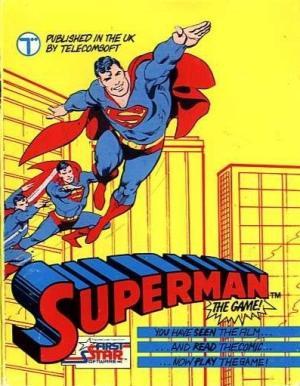
Superman: The Game
Superman: The Game is a game of nail-biting strategy and stunning action. The game' setting in Metropolis, where Darkseid's reign of terror has begun....
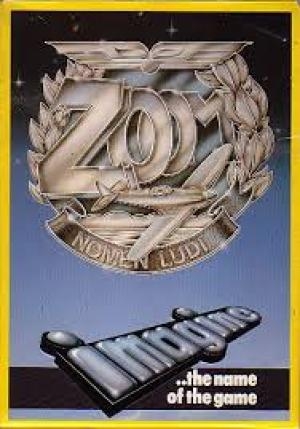
Zzoom
The object of the game is to protect a series of refugees from enemy aircraft, tanks and submarines. The player's view consists of a crosshairs upon a...

Zona 0
Zona 0 es un videojuego del tipo arcade realizado por la compañía española de videojuegos Topo Soft en 1991 para los ordenadores de 8 bits Sinclair ZX...
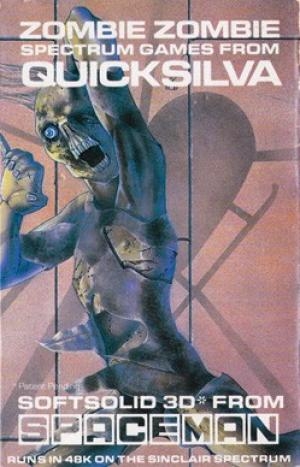
Zombie Zombie
Words were spoken at the setting of time. Words which put together told a terrifying tale, a prophecy of doom. Man had crossed into the black land an...
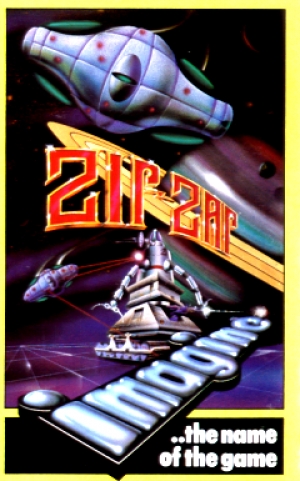
Zipzap
HALLUCINOR: An unexplored planet only recently discovered in the Spectralia Star System. Probe investigation records massive life readings and earth ...
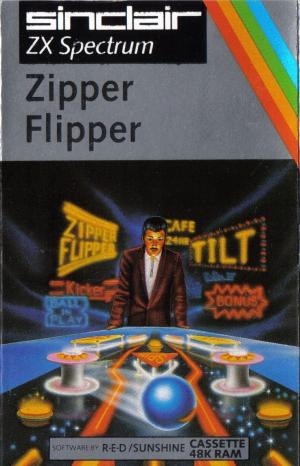
zipper flipper
Zipper Flipper is a pinball game. There is one table and two flippers. The theme for the table is 'Fruit Machine'. Around the table are pockets corres...

Zip Zap
The player controls a robot sent to an unexplored planet called Hallucinor with the job of investigating it ahead of human colonisation. When it arriv...
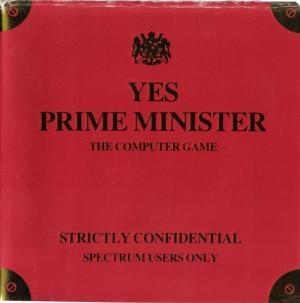
Yes Prime Minister
Yes, Prime Minister is a 1987 adventure game based on the television series of the same name. It was developed by Oxford Digital Enterprises and publi...
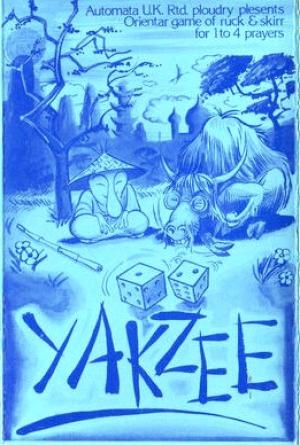
Yakzee
Yakzee - 1984 Automata Software UK. Yatzee game
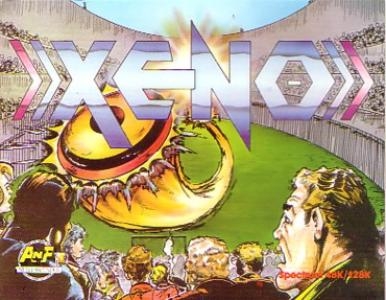
Xeno
THE OBJECT. Xeno has one- or two-player, keyboard or joystick options. Each player controls a manoeuvrable disc in an attempt to push a smaller puck...